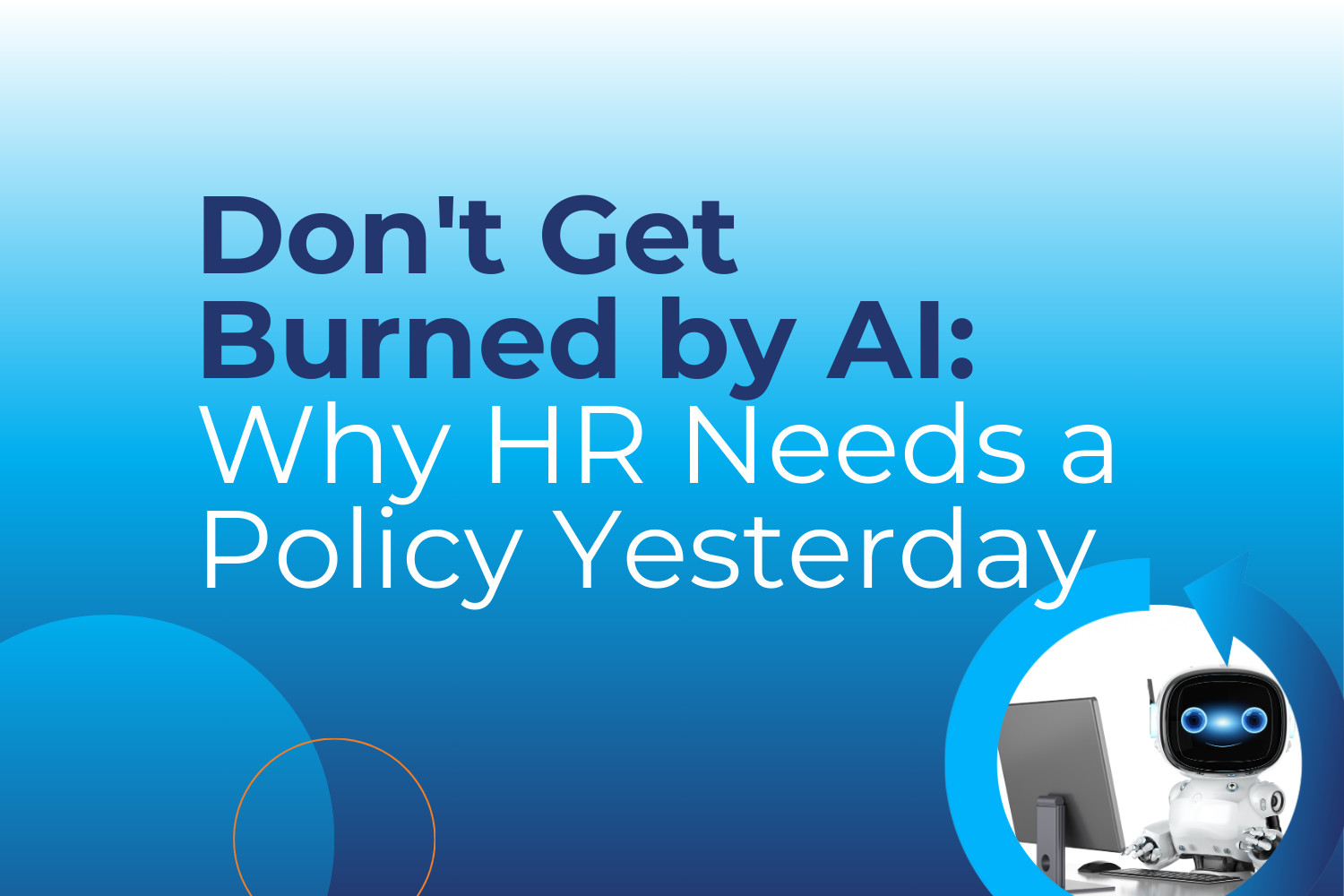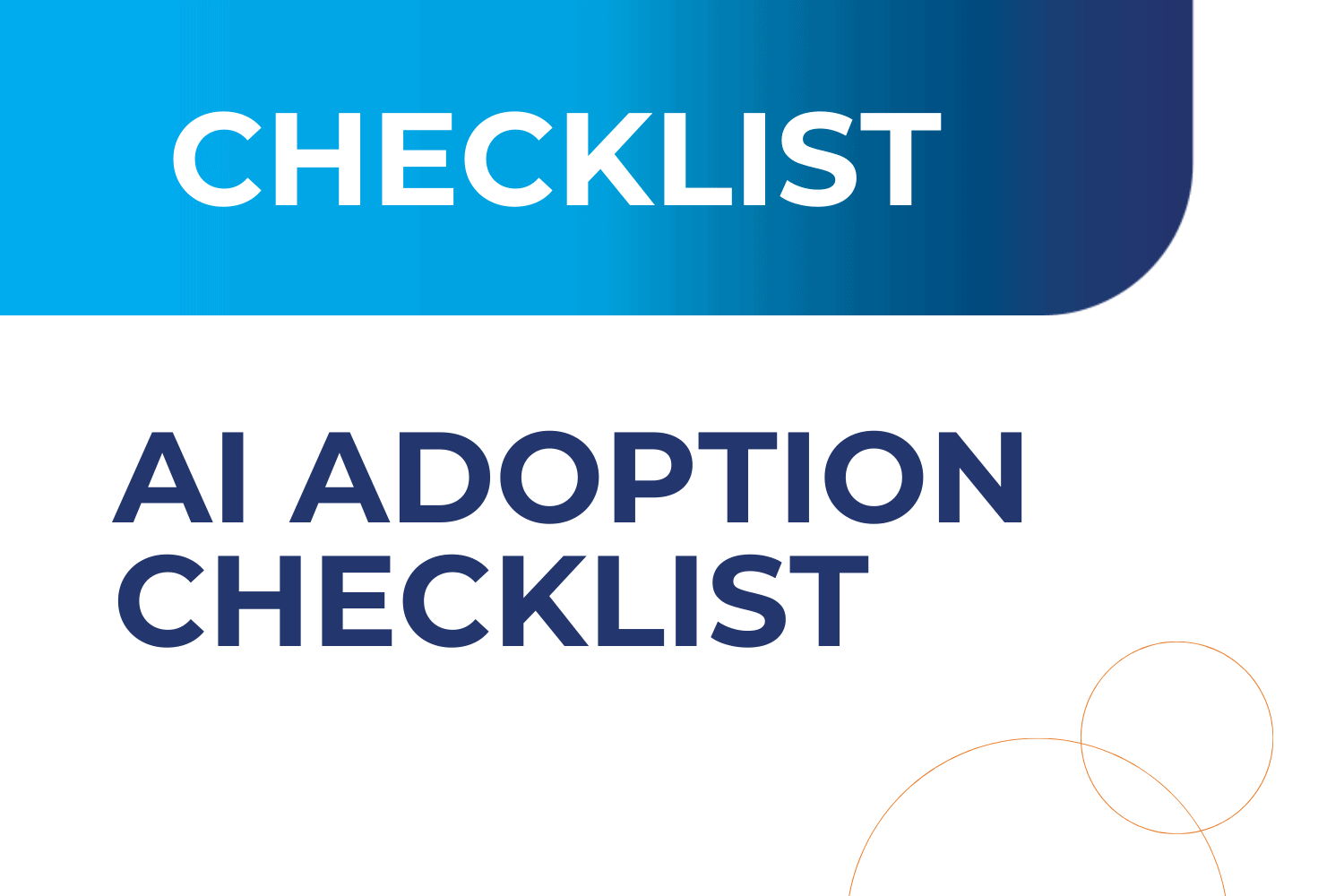5 Common Mistakes Managers Make in 2022— And How to Fix Them
May 4th, 2022

To reduce risk and exposure and improve employee retention, it’s critical to cultivate a strong management style. Firstly, a good boss is key to employee satisfaction and retention. A Gallup poll found that 75% of people who left their jobs were motivated to run because they didn’t want to work for their supervisor anymore. In 2022, this is an especially critical point. This year, many employers are losing staff or facing challenges finding new talent to support their team. So, it’s vital that organizations do everything they can to show candidates their best employer brand. A second reason companies need strong management is that an employee in a leadership position often has the power to make mistakes in their work that result in significant consequences. A common error by management could create consequences such as risking compliance or increasing legal risk and exposure. MP’s HR compliance experts share the top common mistakes managers make—and tips to fix them.
5 Common Mistakes Managers Make
1. Sharing confidential information.
People in a management role are likely to have access to various forms of confidential and sensitive information. This information includes employee files, succession planning, company plans for the future, employee policy planning and review, internal audits, and more. It’s critical for compliance and to improve employee retention that managers are careful about sharing information. Federal law requires employers to keep medical information obtained on their team members confidential. One of the top mistakes managers make occurs when employees are out on medical leave. Managers should only share that the employee is on leave, not the reason for the leave. If employees come to a manager asking for too much information about coworkers, managers can deal with employee curiosity by reminding them that everyone’s privacy is prioritized and protected. Employers can do this in a firm, but friendly and approachable manner. The optimal manager has won the trust and confidence of those around them, is excellent at listening, and is very judicious about what they share. This extends beyond the office. Common mistakes of managers include sharing confidential information with people at work, friends, family, etc.
2. Being too laissez-faire or micromanaging.
Managers should aim to give employees enough autonomy to complete their jobs and also feel empowered. To ensure high performance, it’s often recommended that managers schedule a weekly, monthly, or quarterly check-in with employees. Especially in 2022, when remote employment is an option for so many professionals (or was for part of the pandemic), autonomy has become a priority. Research has repeatedly shown that employees are often significantly happier and more engaged with their work when they feel empowered to make at least some decisions on their own. An effective manager gives enough support and structure to help their reports complete their job duties and defined goals. However, they also offer employees freedom to make some decisions independently when possible. These are nine examples of autonomy that managers could offer their team. Note that managers can offer a combination, all, or just a few of these:
- How to structure the workday and time management
- How to handle a task
- How to prioritize tasks
- What tasks to complete
- What resources to use when completing a task
- Who else to involve in completing a task
- Where to work
- When to work
- What technologies and tools to use when working
3. Not providing feedback or showing gratitude.
Optimizing employee performance and minimizing employee mistakes are key responsibilities for any manager. One of the best tactics for achieving these goals is ensuring that employees are regularly receiving feedback. Managers shouldn’t just focus on negative feedback, though. In addition to managing employee mistakes, effective managers also praise and encourage their team when they do well. Offering prompt feedback and praise will help employees constantly improve their performance. Managers should remember to criticize in private and praise in public. Employees will be too focused on shame and unable to learn from criticism if it’s done in front of others. Praise should be public, so other employees see what is valued. Public recognition also amplifies the experience for the employee and makes it more powerful. Amidst The Great Resignation, offering the right feedback at the right time and the right place can make a big difference in employee retention rates. Lastly, managers must perform thorough documentation when they give a warning disciplinary correction to employees. Creating a paper trail is key for conducting more significant disciplinary measures, including suspending employees, docking their pay, or firing them.
4. Not publicly aligning with upper management.
Managers may not always agree with policies and decisions from their organization’s leadership. In these cases, they should speak privately with leaders. Their responsibility is to present policies clearly to employees and omit personal concerns. Managers who give negative commentary on policies are likely to make their own work life harder. True change will only come from having more productive conversations with upper management.
5. Not being aware of employees’ rights.
Managers and their company leadership must ensure that they’re trained and updated on everything they must know about their employees’ rights. This may differ from state to state, industry to industry, or even based on company size. Knowing about and respecting an employee’s rights has two benefits. Firstly, it maintains compliance for the company, which is crucial as the Department of Labor (DOL) ratchets up its investigations and audits in 2022. Secondly, this will boost employee engagement and retention. Staff will be happier in their jobs and more likely to stay on if their managers respect their rights. Investing in protecting employee rights is another way to invest in an organization’s most valuable asset: its staff.
Recent Posts
- The Data-Driven Case for Leadership Development ROI
- Building a High-Impact Leadership Development Strategy: A Step-by-Step Guide
- Why Leadership Training Matters in 2025 and Beyond
- The Real Reason Your New Hires Quit (And How to Fix It with Smarter Onboarding) – Zip Drive INCLUDED
- Learn & Grow: The Learning Management System for Employee Engagement and Retention
Categories
- ACA (10)
- AI (6)
- BizFeed (6)
- Business Strategy (119)
- COBRA (5)
- Compliance (203)
- COVID-19 (92)
- Diversity (12)
- eBooks (19)
- Employee Engagement (33)
- Employee Handbooks (24)
- ERTC (29)
- FFCRA (7)
- HR (306)
- MP Insider (13)
- Payroll (123)
- PFML (9)
- PPP (24)
- PTO (5)
- Recruiting (53)
- Remote Work (39)
- Return to Work (32)
- Unemployment (1)
- Wellness (22)
Archives
- May 2025
- April 2025
- March 2025
- February 2025
- January 2025
- December 2024
- November 2024
- October 2024
- September 2024
- August 2024
- July 2024
- June 2024
- May 2024
- April 2024
- March 2024
- February 2024
- January 2024
- December 2023
- November 2023
- October 2023
- July 2023
- June 2023
- May 2023
- April 2023
- March 2023
- January 2023
- December 2022
- October 2022
- September 2022
- August 2022
- July 2022
- June 2022
- May 2022
- April 2022
- March 2022
- February 2022
- January 2022
- December 2021
- November 2021
- October 2021
- September 2021
- August 2021
- July 2021
- June 2021
- May 2021
- April 2021
- March 2021
- February 2021
- January 2021
- December 2020
- November 2020
- October 2020
- September 2020
- August 2020
- July 2020
- June 2020
- May 2020
- April 2020
- March 2020



